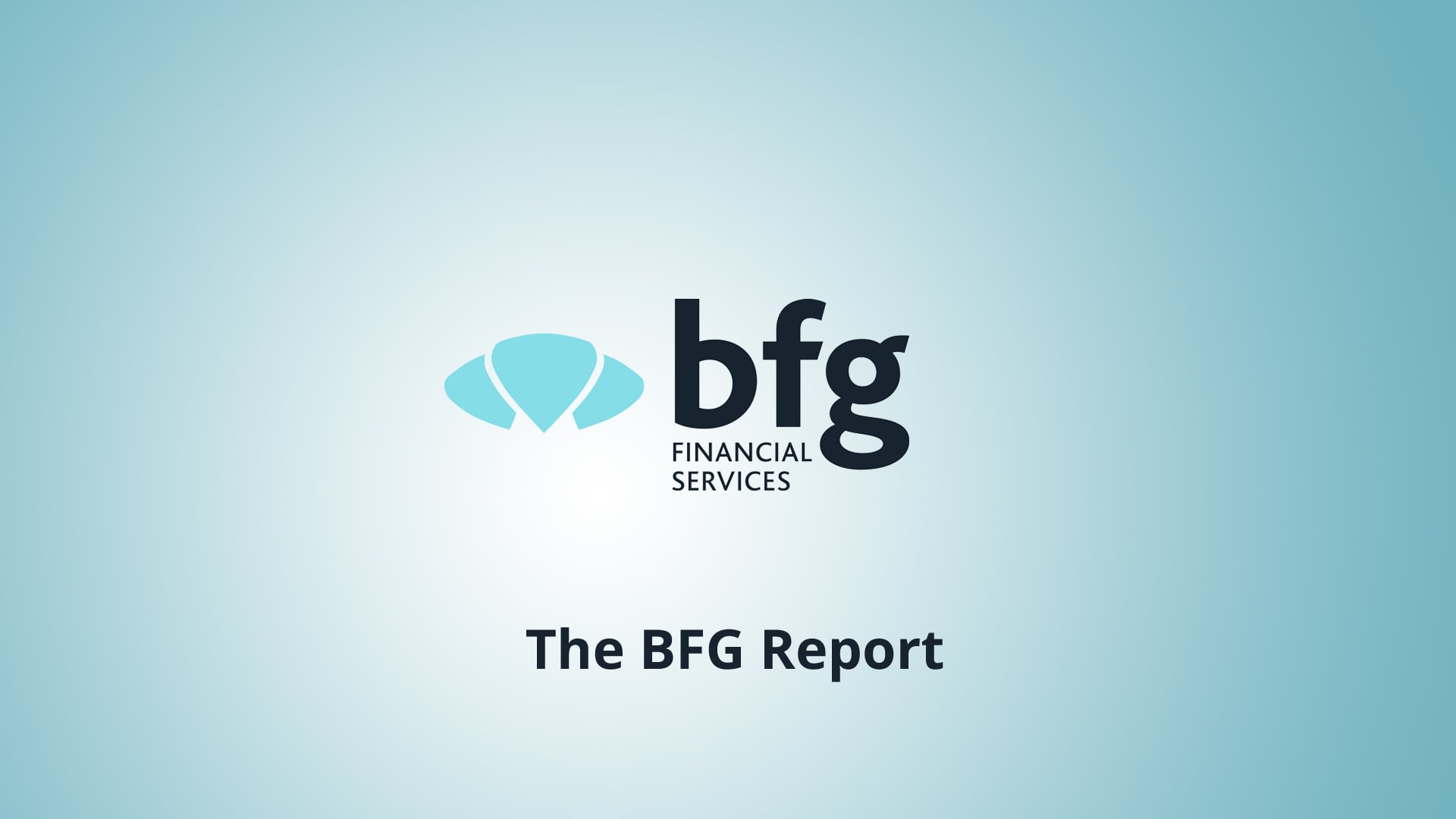Welcome to the 2021 Spring Edition of the BFG Report
Staying Cyber Safe This Year
With the increased activity online – be it due to working from home, home schooling, or simply because we have found a great availability of engaging and interesting content and streaming services, we are online a lot more and need to consider if we are adhering to safe cyber practices at home. This means having the right protective measures in place, and ensuring we are discussing safe cyber practices with other members of our household.
Did you know the average household owns 17 internet-connected devices?
Top tips for staying safe online at home
- Use strong passwords and two-factor authentication
- Update your software
- Have antivirus installed
- Be careful of the information you share online that can easily identify you and be used against you
- Never click on suspicious links.
Strong passwords
A good rule of thumb for passwords is – the longer the stronger! Consider a password that contains:
- at least 8 characters (14 characters is even better!)
- at least one upper case
- one lowercase
- one numeric
- one special character (not the % sign).
When you set up a password you should avoid using details that can easily identify you – such as your own date of birth, street number, age, name etc. These are too easy to guess.
Passphrases
A passphrase is similar to a password but is often more difficult to break as it is a sentence that is unique to you but easy to remember. It is generally longer and more complex than a password and ideally contains an uppercase, symbols and punctuation.
An example of a passphrase might be your favourite meal or activity:
- OnfridaysIorderfishnchip5
- NeverStartTheDayWithoutACoff33
- Weplays0ccer0naSaturday!
[1] Telsyte Australian IoT @ Home Market Study 2018
Investment Market Review – Quarter Ended 30 June 2021
Summary
- Share markets climbed during the June quarter amidst optimism at global economic recovery and rising energy and commodity prices.
- Vaccine rollout continued to be a major focus with further progress in Europe a highlight. A Delta variant of coronavirus has become increasingly problematic in developed countries prompting lockdowns across Australia and delaying the reopening of the UK.
- The Global Composite PMI (a useful leading indicator of global economic growth) remains strongly positive albeit softening over the quarter driven by slowing activity in China, Japan and India.
Markets
- June was a quarter marked by positive returns across the board. Bonds recovered from their March quarter selloff but riskier asset classes across both stocks and fixed income led the way.
- Australian equities underperformed against global peers while “peak growth” fears saw investors prioritise growth stocks which are less reliant on stronger economic growth.
- Emerging market underperformance relative to developed markets persisted.
- Inflation concerns became a bigger factor in driving markets with inflation ahead of consensus driving concerns that the Fed’s “inflation is transitory” view is incorrect. The focus switched to potential for policy mistakes with the prospect of US rate hikes in 2023 throwing doubt on the strength of future economic growth.
Key economic news
- There are some signs that loose central bank policy is reversing. European Recovery Fund spending looks set to begin in the September quarter, clearing its final hurdles.
Asset class performance to June 2021 (Total returns in AUD)
| Annualised | ||||||||||
| Asset Class | 1-mth | 3-mth | 6-mth | 1-yr | 3-yr | 5-yr | 7-yr | 10-yr | 15-yr | 20-yr |
| Australian equities (S&P/ASX 200) | 2.3% | 8.3% | 12.9% | 27.8% | 9.6% | 11.2% | 8.8% | 9.3% | 6.9% | 8.2% |
| International equities | 4.7% | 9.3% | 16.3% | 27.5% | 14.5% | 14.7% | 14.0% | 14.8% | 7.7% | 5.1% |
| Australian REITs | 5.5% | 10.5% | 9.9% | 33.2% | 7.7% | 5.8% | 10.3% | 11.8% | 4.0% | 6.9% |
| Australian bonds | 0.7% | 1.5% | -1.7% | -0.8% | 4.2% | 3.2% | 4.1% | 4.9% | 5.5% | 5.6% |
| Cash (AUD) | 0.0% | 0.0% | 0.0% | 0.1% | 1.0% | 1.3% | 1.6% | 2.2% | 3.3% | 3.8% |
* Sources:Bloomberg, IOOF calculations.
* AUD total returns as at Jun-21 assuming reinvestment of dividends unless otherwise specified.
** Returns reflect index performance excluding any fees; Actual ETF/managed fund performance will vary due to both fees and tracking error.
High Yielding Internet Savings Accounts
Financial Institution Interest Rate** Financial Institution Interest Rate**
RaboDirect Bank 1.35% p.a. ING Savings Maximiser 1.35% p.a.
Macquarie – Savings Account 1.10% p.a. IMB – Reward Saver 1.10% p.a.
ME Bank Online Saver 1.00% p.a. Australian Unity – Active Saver 0.75% p.a.
** Rates are subject to conditions and change. Rates are correct as at 22/9/2021.
Important Note – The BFG Report is published for your interest and every effort is made to ensure it is accurate and contains general securities advice only. It is not possible, when preparing The BFG Report, to take into account individual clients’ investment objectives, circumstances and needs. Before acting on any information or advice contained, expressly or implicitly, in The BFG Report you should consult a Representative of Baldry Financial Services Pty Ltd trading as BFG Financial Services (“BFG”).
No part of The BFG Report may be reproduced without the written consent of BFG in each case. BFG, its employees or any associate are not liable for any loss or damage arising as a result of any reliance placed on the contents of The BFG Report. All such liability is excluded apart from any liability which the law does not allow to be excluded.


